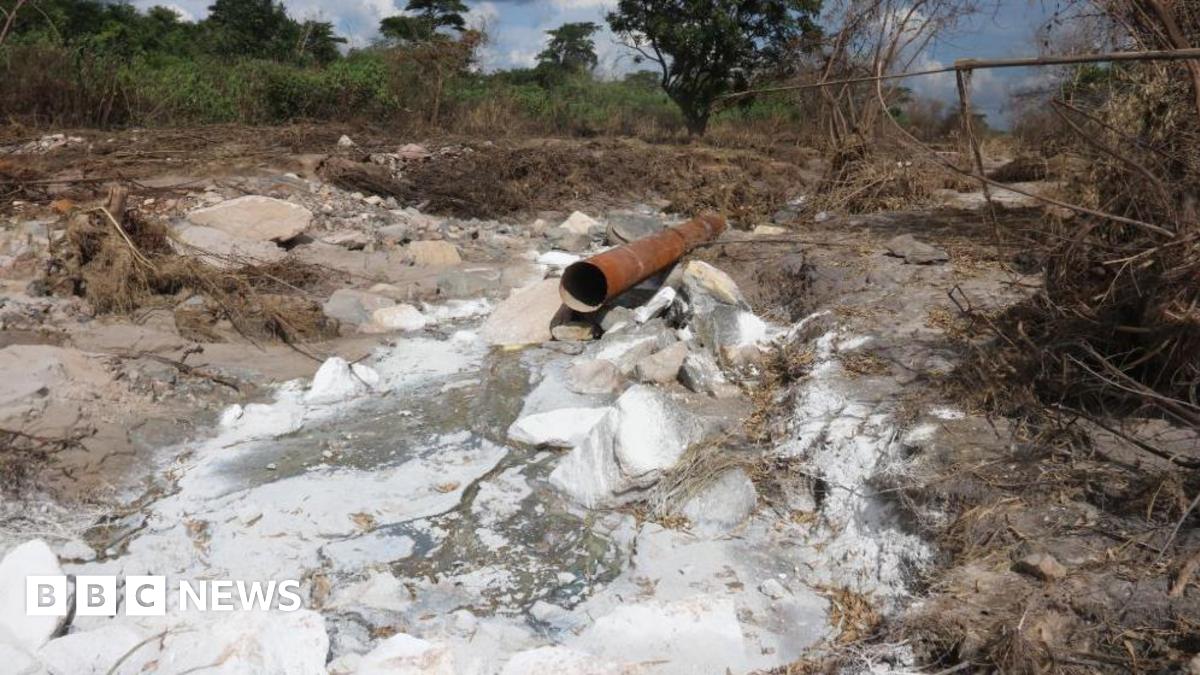NYC Legionnaires' Disease Outbreak: Cases Surge to 90, New Cooling Tower Rules Proposed

New York City is grappling with a concerning surge in Legionnaires' disease cases, with the outbreak in Central Harlem now totaling 90 confirmed infections, tragically resulting in three deaths. As health officials work to contain the spread, they're proposing stricter regulations for cooling towers – a key source of the bacteria responsible for the illness. This report details the current situation, the proposed changes, and what New Yorkers need to know to protect themselves.
Understanding Legionnaires' Disease and Its Source
Legionnaires' disease is a severe form of pneumonia caused by Legionella bacteria. These bacteria thrive in water systems, particularly in cooling towers, hot tubs, and large plumbing systems. When water containing the bacteria is aerosolized – released into the air as a mist – it can be inhaled, leading to infection. Symptoms often resemble the flu initially, progressing to include cough, fever, shortness of breath, and muscle aches. Early diagnosis and treatment with antibiotics are crucial for recovery.
The Harlem Outbreak: A Growing Concern
The current outbreak, concentrated in Central Harlem, has prompted swift action from the city's Department of Health and Mental Hygiene (DOHMH). The initial cases were traced to a single cooling tower, but the number of infections has continued to climb, raising concerns about potential wider contamination. Health officials are working diligently to identify and address all potential sources of the bacteria within the affected area.
New Cooling Tower Regulations: A Proactive Approach
To prevent future outbreaks, the DOHMH is proposing significant changes to existing cooling tower regulations. These proposed rules are designed to enhance monitoring, maintenance, and disinfection practices. Key elements of the proposed regulations include:
- Increased Testing Frequency: Cooling towers would be required to undergo more frequent testing for Legionella bacteria.
- Enhanced Disinfection Protocols: Stricter guidelines for water treatment and disinfection methods would be implemented.
- Improved Record Keeping: Owners and operators would be required to maintain detailed records of testing, maintenance, and any corrective actions taken.
- Regular Inspections: The DOHMH would increase the frequency and rigor of inspections to ensure compliance with the new regulations.
The goal of these regulations is to significantly reduce the risk of Legionella growth and prevent the aerosolization of contaminated water.
Protecting Yourself: What New Yorkers Should Know
While the risk is generally low, New Yorkers, particularly those with weakened immune systems or underlying respiratory conditions, should take precautions:
- Be Aware of Symptoms: If you experience flu-like symptoms, especially after visiting or staying in buildings with cooling towers, seek medical attention promptly.
- Avoid Aerosolized Water: Minimize exposure to mists from hot tubs, showers, and decorative fountains.
- Stay Informed: Monitor updates and advisories from the DOHMH regarding the outbreak and any affected areas.
Looking Ahead
The NYC Legionnaires' disease outbreak serves as a stark reminder of the importance of robust public health measures and proactive prevention strategies. The proposed cooling tower regulations represent a crucial step in safeguarding the health of New Yorkers and minimizing the risk of future outbreaks. The DOHMH will continue to monitor the situation closely and provide updates as they become available. Public cooperation and adherence to safety guidelines are essential in containing the current outbreak and preventing future occurrences.






